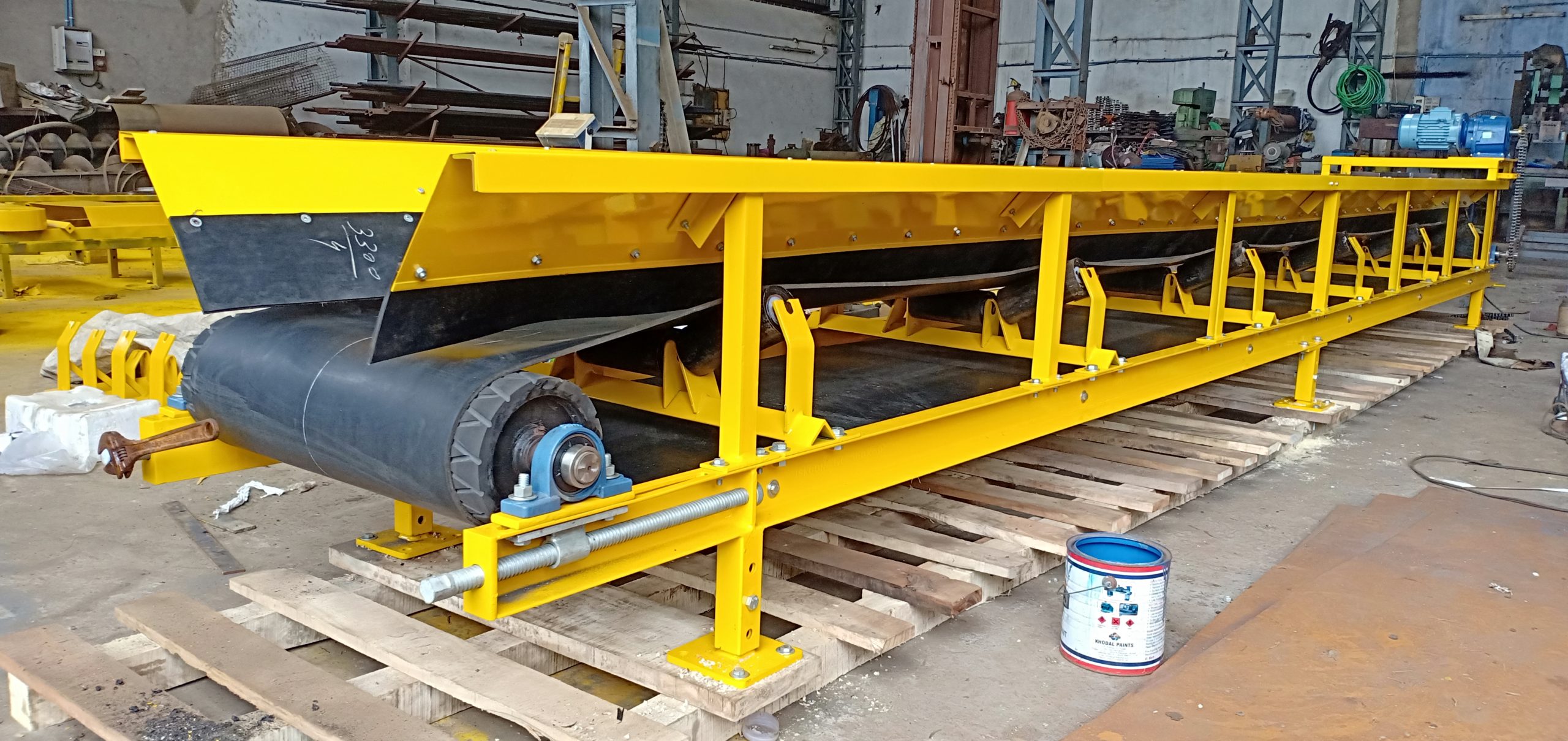How to Identify Different Types of Rubber Drive Belts
How to Identify Different Types of Rubber Drive Belts
Blog Article

In the industrial world, rubber belts play a crucial role in the functioning of machinery and transportation systems. Whether you are managing a manufacturing plant, a warehouse, or a distribution center, understanding the different types of rubber drive belts is essential for ensuring efficient operations. With advancements in the design, development, and production of these belts, the variety available can be both a blessing and a challenge for professionals looking to choose the right solution for their needs.
Rubber conveyor belts, PVC conveyor belts, and rubber drive belts each serve distinct purposes and are tailored to specific applications. Knowing how to identify and differentiate these types can help you make better decisions, prolong the lifespan of your equipment, and enhance productivity. In this article, we will explore the characteristics and uses of these belts, guiding you through the essentials of selecting the right one for your particular operational requirements.
Understanding Rubber Drive Belts
Rubber drive belts are essential components in many machinery and automotive applications. They transmit power between rotating shafts and contribute to the overall efficiency of various systems. Typically made from high-quality rubber compounds, these belts are designed to withstand significant wear and tear, ensuring long-lasting performance under different operating conditions. Their flexibility and strength make them suitable for a wide range of machinery, from industrial equipment to vehicles.
The design of rubber drive belts involves careful consideration of factors such as load capacity, flexibility, and resistance to various environmental conditions. Innovations in materials and manufacturing processes have led to the development of advanced rubber formulations that enhance durability and performance. As a result, modern rubber drive belts can resist heat, oil, and abrasion, which are critical for maintaining efficiency in demanding applications.
Timing Belt Supplier
In terms of production, manufacturers utilize advanced techniques to create rubber drive belts that meet specific industry standards. Quality control measures are implemented to ensure that each belt meets performance criteria before it reaches the market. This process not only guarantees reliability but also assures customers that their equipment will operate smoothly and efficiently, minimizing downtime and maintenance costs.
Types of Rubber Conveyor Belts
Rubber conveyor belts are essential in various industrial applications due to their durability and flexibility. These belts are designed to transport materials efficiently over long distances. One common type is the general-purpose rubber conveyor belt, which is typically utilized in mining, agriculture, and manufacturing. These belts are designed to handle different types of materials, from heavy bulk items to lighter goods, and they can be manufactured in various widths and thicknesses to suit specific needs.
Another type is the oil-resistant rubber conveyor belt, specifically designed for transporting materials that may involve exposure to oils and lubricants. This belt is essential in industries such as food processing and petroleum, where oil degradation can be an issue. The composition of these belts includes specially formulated rubber compounds that resist deterioration when in contact with oils, ensuring longevity and reliability in challenging environments.
Finally, specialized rubber conveyor belts include those with added features such as heat resistance or flame retardancy. These belts are crucial in industries like metalworking and recycling, where exposure to high temperatures and flames is prevalent. The design and materials used in these belts are tailored for specific applications, enhancing their performance and safety. Understanding these different types of rubber conveyor belts helps in selecting the right one for particular operational needs.
Production Processes for Rubber Belts
The production of rubber belts begins with the careful selection of high-quality raw materials. Natural and synthetic rubber compounds are blended with various additives, such as fillers, stabilizers, and accelerators, to achieve the desired properties. This mixture is crucial for determining the performance characteristics of the final product, including durability, flexibility, and resistance to wear and temperature. Manufacturers often conduct extensive testing on different formulations to optimize the blend for specific applications.
Once the rubber compound is ready, the next step involves shaping and curing the material. The rubber mixture is extruded into the desired form, whether it be flat belts, round belts, or specialized profiles. This is followed by the curing process, which involves applying heat and pressure to harden the rubber and enhance its mechanical properties. The curing process, also known as vulcanization, is critical as it transforms the rubber into a durable, resilient material suitable for various operational environments.
After curing, the finished belts undergo rigorous quality assurance checks to ensure they meet industry standards. This includes testing for tensile strength, elongation, and resistance to abrasion and environmental factors. Any defects found during inspection are addressed before the products are packaged and shipped. Continuous development and innovation in production techniques help manufacturers improve efficiency and reduce waste, ultimately leading to better products for consumers.
Report this page